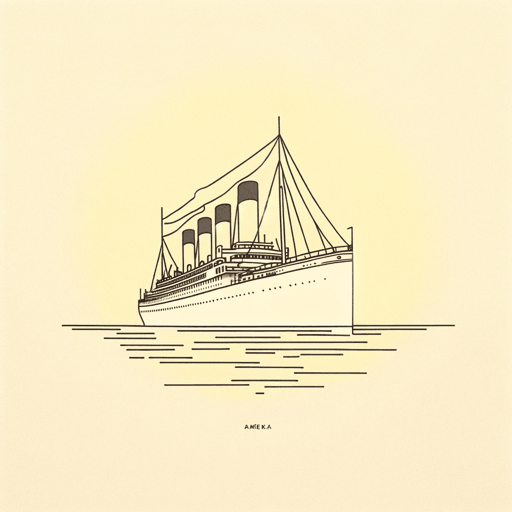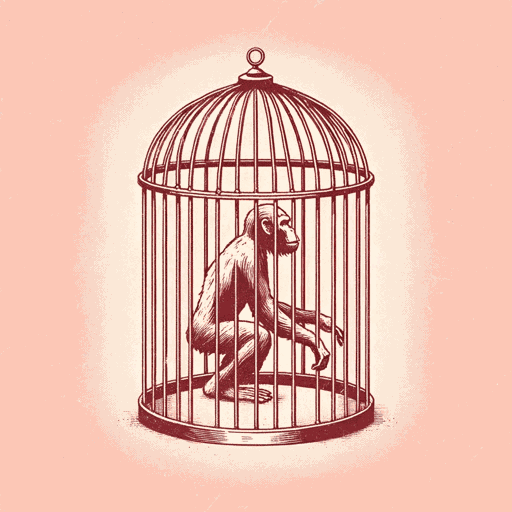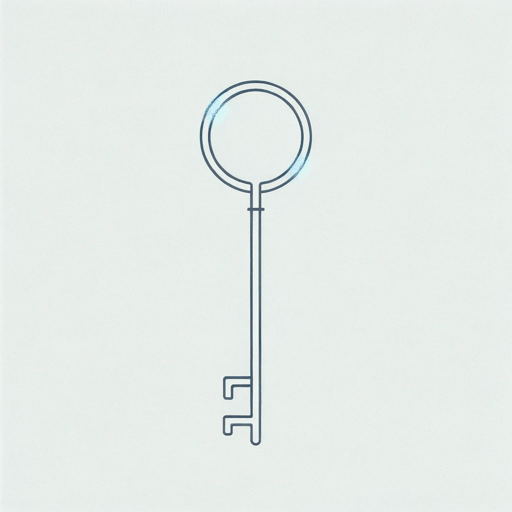52 pages • 1 hour read
Franz KafkaThe Castle
Fiction | Novel | Adult | Published in 1926A modern alternative to SparkNotes and CliffsNotes, SuperSummary offers high-quality Study Guides with detailed chapter summaries and analysis of major themes, characters, and more.
Symbols & Motifs
The Castle
The book The Castle has been identified by some as an allegory of man’s struggle against isolation and meaninglessness, among other interpretations. The Castle in the book can clearly be read as a symbol of unreachable, imposing, and ominous power. K. looks up at its obscure form in the dark as soon as he arrives in the village, and his attempts to reach it physically are thwarted early on: “The Castel up there, oddly dark already, which K. had been hoping to reach today, receded again” (14). The Castle bell rings “with the fulfillment of its uncertain longings” (14). Its unclear image is repeatedly described through the story, as K.’s efforts to reach it or its officials continually fail: “The Castle, whose contours were already beginning to dissolve, lay still as ever, K. had never seen the slightest sign of life up there, perhaps it wasn’t possible to distinguish anything from this distance” (98). Here the distance between the villagers and the faceless officials in the Castle who direct their lives is emphasized. The villagers have theories about the Castle and what goes on there, but they can never be certain of them, as Olga explains: “are the offices actually the Castle? And even if the Castle does have offices, are they the offices Barnabas is permitted to enter?” (174).
Related Titles
By Franz Kafka

A Country Doctor
Franz Kafka

A Hunger Artist
Franz Kafka

Amerika: The Missing Person
Franz Kafka, Transl. Willa Muir

A Report to an Academy
Franz Kafka

In the Penal Colony
Franz Kafka

The Metamorphosis
Franz Kafka

The Trial
Franz Kafka

